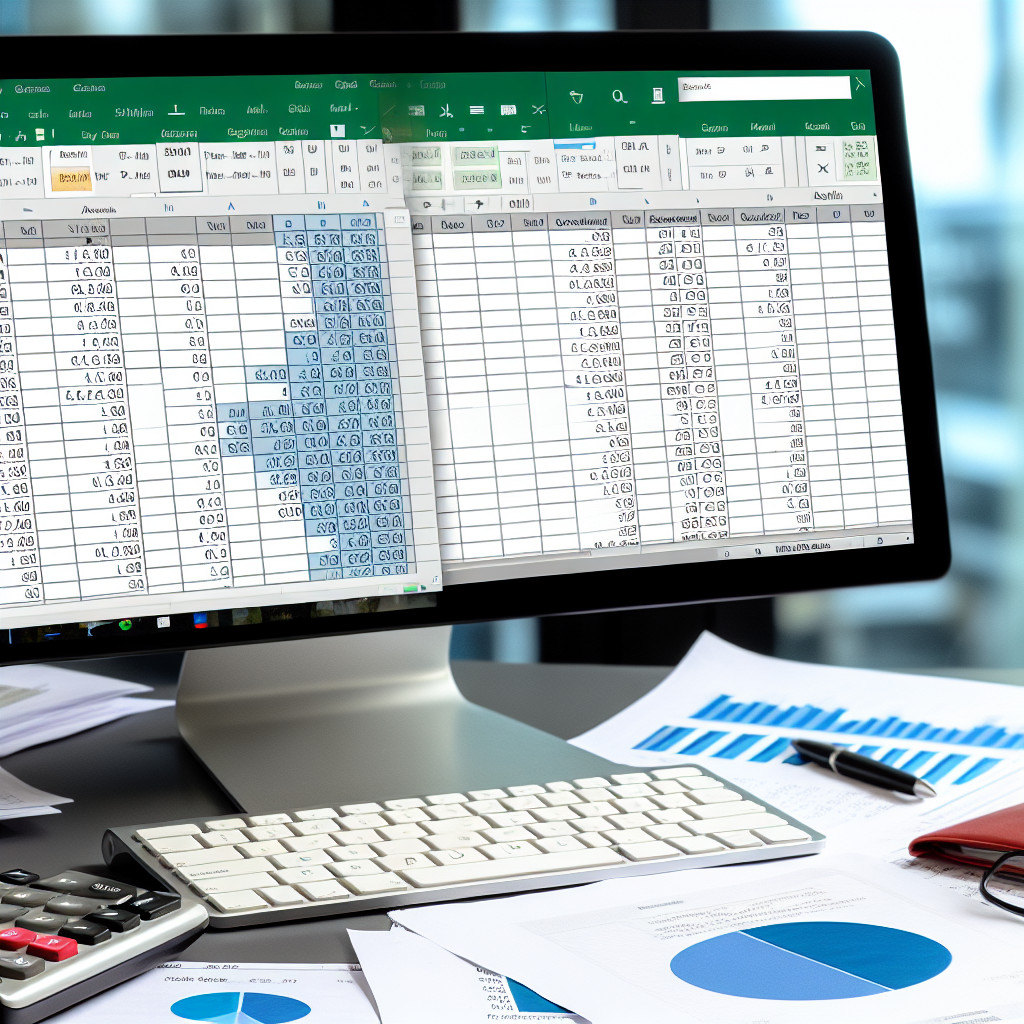Automating accounting processes such as Ledger, Trial Balance, Income Statement, and Balance Sheet in Excel can significantly enhance accuracy and efficiency for businesses. This guide explores effective strategies and practical techniques to streamline these financial reports, saving time and reducing human error. Dive into the detailed steps below to master automation in Excel for your accounting needs.
Leveraging Excel’s Features for Automated Accounting Reports
To automate fundamental financial statements in Excel, the first step is understanding how to utilize Excel’s built-in features effectively. This includes mastering functions such as:
- Formulas and Functions: Use SUM, SUMIF, SUMPRODUCT, VLOOKUP, HLOOKUP, INDEX, MATCH, and IF statements to automate calculations and data retrieval. For example, setting up formulas that automatically update totals when input data changes ensures real-time accuracy.
- PivotTables: PivotTables allow you to dynamically organize and summarize large data sets, making it easier to generate summaries for ledgers, trial balances, and financial statements without manual re-entry.
- Data Validation & Drop-down Lists: Establish consistent data entry by limiting inputs, reducing errors, and making data collection more streamlined.
- Automation with Macros: Record and write macros using VBA to automate repetitive tasks like updating ledger entries, recalculating balances, or generating financial reports with a single click.
By integrating these features, you can create a dynamic, interconnected spreadsheet that automatically updates as new data is entered, providing real-time financial insights with minimal manual intervention.
Building an Automated Financial Reporting System
Once familiar with Excel’s core features, the next phase involves designing a comprehensive system that connects your ledger data to high-level reports like Trial Balance, Income Statement, and Balance Sheet:
- Structured Data Input: Design input sheets with clear fields for transactions, accounts, dates, and amounts, ensuring data is consistently formatted for analysis.
- Linking Data with Formulas: Use cell references, named ranges, and structured references within Excel tables to connect transaction data to summary sheets. This way, the Trial Balance sheet automatically sums debits and credits across accounts.
- Automated Trial Balance: Create formulas that pull data from the ledger, calculate subtotals for each account, and verify that total debits equal total credits, flagging discrepancies instantly.
- Dynamic Income Statement & Balance Sheet: Use the summarized data from the trial balance, along with SUMIFs and pivot summaries, to populate income statement and balance sheet templates. Incorporate formulas to automatically calculate net income, assets, liabilities, and equities based on the latest data.
- Regular Updates & Error Checks: Incorporate conditional formatting and error-checking formulas to signal inconsistencies or missing data, ensuring your reports are always accurate.
Implementing these interconnected components converts your Excel spreadsheet into a semi-automated financial dashboard, reducing manual errors and expediting report generation.
Conclusion
Automating accounting processes such as Ledger, Trial Balance, Income Statement, and Balance Sheet in Excel involves leveraging key features like formulas, PivotTables, and macros to streamline data management. By establishing a well-structured, interconnected system, you can ensure faster, more accurate financial reports. With these techniques, your accounting workflow becomes more efficient, enabling better decision-making and resource management.
